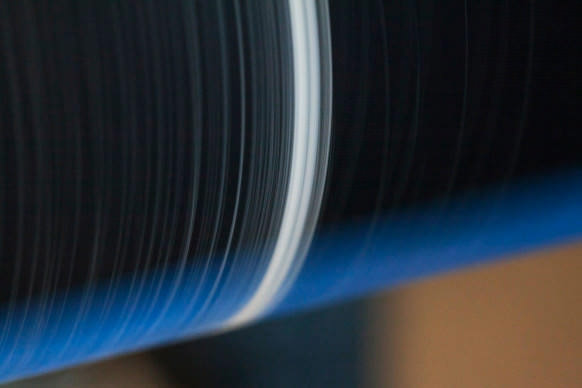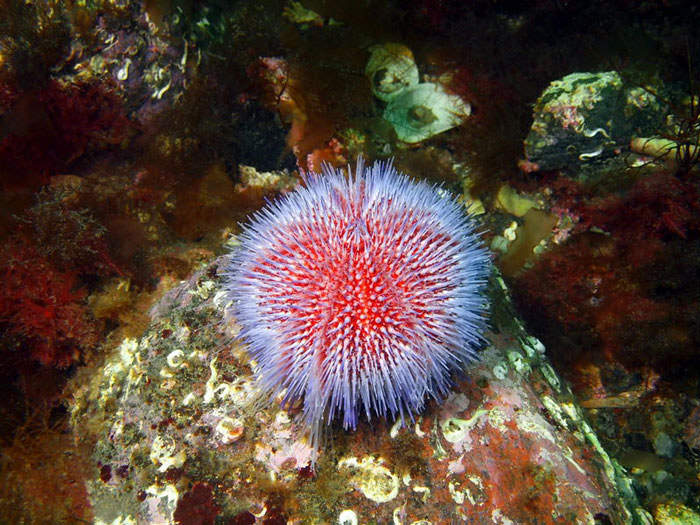Technology and nature have actually generally been deemed divergent forces –– innovation frequently has actually been a method of developing things or energies that do not naturally take place in our surrounding environment.
However, brand-new techniques to item and innovation advancement such as biomimicry and generative style have actually turned started to reverse that pattern.
Generative style is the procedure of taking the structure of a concept and equating it into a set of guidelines, which are then translated by a high-powered computer system. By imitating countless variations utilizing high-powered computing, this procedure simulates the natural procedure of development.
Jeff Kowalski, Chief Technology Officer at Autodesk, explains the generative style procedure, ““ Machine-learning algorithms in computer systems can now spot patterns intrinsic in countless 3D designs and produce taxonomies without instructions or intervention by people.” ” Biomimicry is “ a method to development that looks for sustainable options to human obstacles by imitating nature ’ s reliable patterns’and methods. ”
.”
Below we analyze 10 impressive examples of nature-inspired innovation that use these principles of biomimicry and/or generative style.
.1. Vaccines and drugs –– Sea Urchin.
Australian scientists have actually reproduced the method which sea urchins develop a difficult external shell around themselves for defense to secure drug and vaccine proteins from modifications in surrounding temperature levels.



IMAGE: vodolaz
.
This chemical procedure of developing a protective layer is especially beneficial for applications such as medications that are dispersed to nations with bad systems of transport or refrigeration.
.2. National Aquatic Centre, Beijing –– Bubble Structure.
The renowned swimming and diving center from the 2008 China Summer Olympics includes an unique outside comprised of numerous extruded bubbles in an apparently random pattern.



IMAGE: basiczto
.
However, this pattern of bubbles is not random at all, it is rather based upon the exact geometry discovered in natural systems like cells, molecular structures, and crystals. Duplicating nature ’ s existing patterns results in the most reliable sub-division of the 3 dimensional spacing.
. 3. Singapore Esplanade Theaters– The Durian.
Located nearly onthe equator in a really hot environment, the Esplanade Theaters in Singapore include a genuinely distinct, glass-skinned roofing system style that was influenced by the regional Durian fruit.


IMAGE: jasonleehl
.
A system of numerous triangular-shaped aluminum panels are angled based upon the instructions of the sun, safeguarding the complex from heat and direct sunshine while still flooding the interior with natural light.
. 4. Water Mixers– Calla Lillies.
The centripetal spirals of the calla lily functioned as the motivation for the commercial water-mixing innovation established by Pax Scientific. The lily ’ s natural style is perfect for its capability to help water-flow.

IMAGE: tiantan
The matching mixer innovation boasts the capability to ““ to distribute 10 million gallons with the exact same energy footprint as 3 100-watt light bulbs.””
. 5. Turbines– Whale Fin.
The fins of Humpback whales include rough, irregular-looking edges called tubercles. Tubercles have actually been shown to make it possible for much higher fluid characteristics than smooth-edged fins.



IMAGE: andreiorlov
.
Drawing motivation from the irregularly-shaped fins of these huge whales, business such as WhalePower and others have actually established tubercle” ” blades for usage in turbines and fans run with much higher performance than conventional blades.
.6. Swimwears –– Shark Skin.
The skin of a shark is consisted of thousands and countless overlapping scales called ““ dermal denticles ”. These denticles interfere with the development of rough swirls of water, and enable the shark to more effectively and rapidly move through the water.



IMAGE: Trevor Sewell
.
In the 2008 Olympics, Michael Phelps and other swimmers notoriously used fits including a material created to imitate a shark’’ s skins and consequently eclipsed lots of current world records. Such matches are now forbidden in swimming competitors, the concept of simulating the denticles of a shark is today utilized on boat hulls to enhance performance.
.7. Bio-Batteries –– the Human Body.
The body develops energy through the chain reaction called metabolic process. When an individual takes in sugars or carbs, the enzymes in the body break down the glucose and release energy. Researchers are now working to develop batteries that work on natural substances like sugar to create energy: a bio-battery.



IMAGE: anterovium
.
Researchers at a number of universities, along with at corporations such as Sony, have actually been working for the lion’s share of the last years to develop a commercially practical bio-battery. In 2007, Sony effectively established a bio-battery model that made use of enzymes to produce an enough energy output (50mW) to power a Walkman .
.8. Artificial Material –– GM Spider Silk.
The silk produced by spiders to weave their webs is a naturally happening supermaterial. Since spiders are cannibalistic and territorial in nature, ““ gathering ” spider silk has actually never ever been commercially feasible, and even when acquired, the private threads of spider silk are so great that whole brand-new spinning systems would need to be produced in order to weave the threads together.



IMAGE: Bolt Threads|Wired
.
However, an Emeryville, California-based start-up called Bolt Threads has actually supposedly resolved the obstacle by utilizing genetically crafted bacteria. If the innovation shows to be feasible, prospective usage cases might consist of ““ bulletproof vests, naturally degradable water bottles, and versatile bridge suspension ropes.””
. 9. Waterproof Materials –– Butterfly Wings.
In 2013, a group of MIT engineers established what has actually been referred to as the most water-repellant product ever made. Their style function a product with small silicon ridges that simulate the patterns discovered on the wings of the Morpho butterfly.



IMAGE: LiveScience
.
The product is so reliable that at supercool temperature levels, water bounced off the surface area much faster than it might freeze, recommending possible applications for the innovation on airplane wings and turbines in addition to waterproof clothes.
.10. Adhesive Tape –– Gecko Toes.
The feet of a gecko are incredibly sticky due to their ““ groups of long, thin spatula-shaped structures called setae that increase area and enhance weak electrical destinations in between the toes and a surface area.””



IMAGE: David Clemens|Wikimedia
.
A group of scientists at Stanford University just recently established a synthetic adhesive product based upon these ideas that effectively permitted a college student to scale a glass wall utilizing 2 hand-sized pads made from the product.
Aside from climbing up walls like Spiderman, the innovation has prospective applications in the production market that would change existing systems that utilize suction power or chemical adhesives.
.Now Read:. 15 Examples of How Technology Innovates Fashion 


Editor ’ s note: This postis composed for Hongkiat.com by Andrew Armstrong. Andrew is an innovation lover and digital marketing advisor based in the San Francisco Bay Area. He resides in San Mateo, California with his better half and young boy. You can reach him on Twitter .
The post Biomimicry: How Nature Inspired Today’s Technology appeared initially on Hongkiat .
Read more: hongkiat.com
